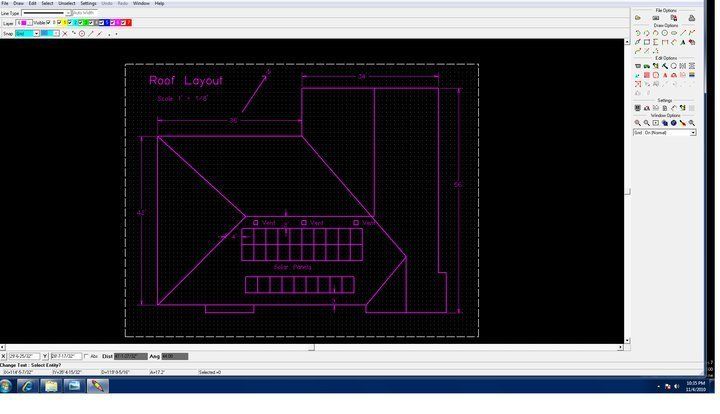Monday, December 13, 2010: Revised July 23, 2012
Grid-Tie vs Off-Grid?
Actually for someone living in a metropolitan area with a fairly reliable power company, it's a no brain-er. Grid tie systems are way cheaper and don't have nearly the maintenance and upkeep costs that going fully off the grid requires.
Let me illustrate:
For off-grid systems, if your panels make a ton of power and you don't use it all that day, it all goes into your batteries. That is until they batteries are all full. At that point, if you don't have another place to store all that extra energy, your panels are essentially not doing you any good anymore. Sure they look pretty but that's about it.
If it was cloudy and your solar panels didn't produce very much energy, you must ensure your battery bank is large enough to sustain you. If it isn't, well... You'll be in the dark.
For grid-tie systems, if you make a ton of extra power, your grid-tie inverter simply stores it on the grid, as if it is an almost infinite capacity battery at your disposal. Only this battery doesn't contain sulfuric acid and doesn't need to be replaced after 3-7 years. It takes whatever your inverter gives it, spinning your power meter backwards in the process. At night, when your solar panels stop producing electricity and you need power, you simply pull your stored energy back off the grid, rolling your meter forward again.
If we wanted to power our home completely off grid, we would need to have a solar array that was 3 times larger than the one we have now (18.6 kW instead of 6.2 kW) only because the winter months have so little sunlight. During the summer months, there would be way more capacity than we needed but a finite battery bank to store it all. Any excess would be wasted.
An on-grid solar system allows all the excess solar energy to go back to the grid until the darker, snow-covered months when you can draw it back off again.
Because all the energy generated by the panels will always be used eventually, they entire system operates way more efficiently.

Schematic of my solar system

Permit Roof Plans

Permit Garage Plans
My system uses 26 solar panels wired with two strings of 13 panels in series. Thirteen, thirty-eight volt panels in series equals almost 500 Volts DC running down to my inverter. This allows for less line loss from the solar panels to the inverter.
If you wired all the panels in parallel, in order to overcome the resistive losses of the wiring, you would have to have a huge tree-trunk cable running down to the inverter.
The only down-side to a grid-tie system is when the power goes out. As a safety measure, when the grid power goes out, the grid tie inverter also shuts off. This prevents the poor lineman sent to repair a downed power line from being killed when he discovers your inverter is still live and well. Also, your inverter might not like it when the entire sub-station is trying to draw power off of it.
Where I live, the power goes off about 3 times a year and rarely for more than a few minutes or hours. However, I would love to one day add to an emergency source of power like a Sunny Island
system. It still makes use of the grid-tied system but can switch to a battery bank during a power outage.
